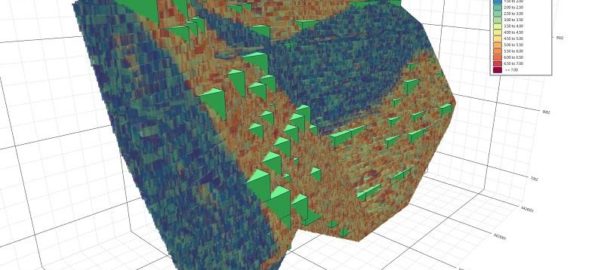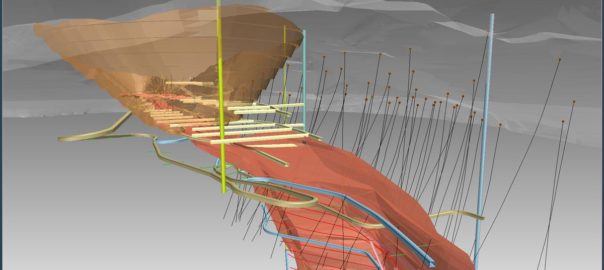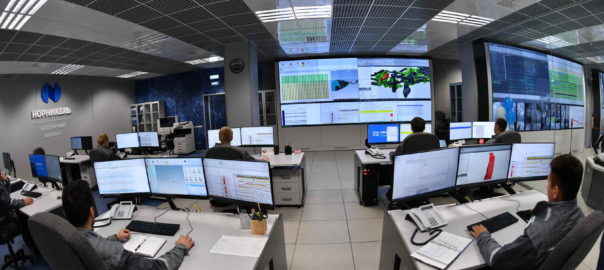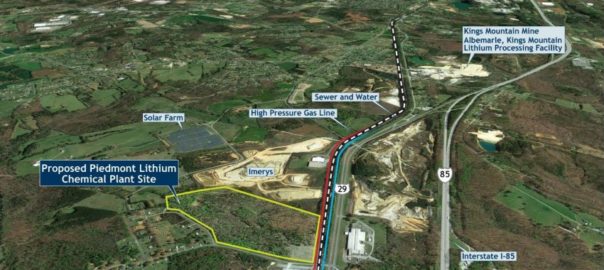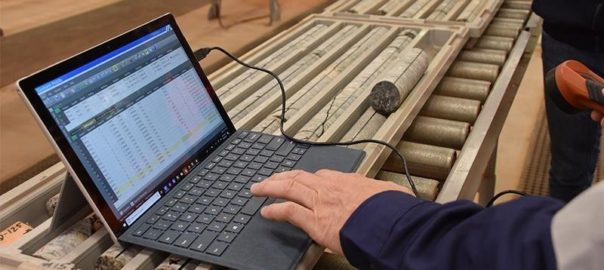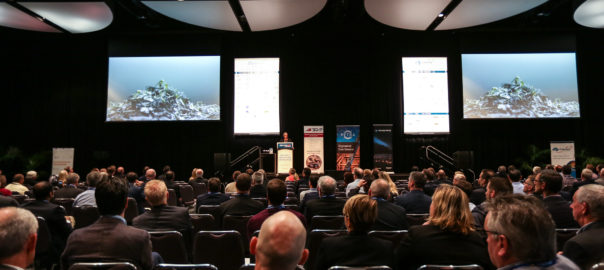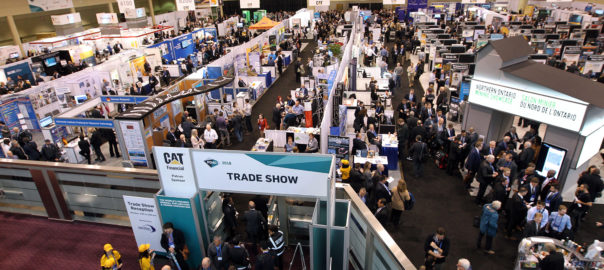The launch of MICROMINE’s latest version of leading exploration and 3D mine design solution, Micromine 2020 will see the introduction of new stope optimisation functionality, according to the mining software leader.
The new edition is due for release in November and, with Micromine 2020 not only including innovative upgrades to existing modules, but also new functionality added in response to industry needs, according to Gordon Thomas, Micromine Technical Product Manager.
“One of the new modules specifically caters to the needs of underground mine planners looking to optimise mine design to ensure project profitability. Micromine 2020 builds on the success of our Pit Optimisation module and provides an equivalent strategic planning tool for underground mining operations,” Thomas said.
Unlike many competing products, Micromine 2020’s Stope Optimiser uses integrated mathematical programming to produce optimum 3D solutions, instead of stitching together 2D results produced using approximate methods, according to Thomas. This allows it to identify regions within a resource model that can be mined profitably using designs for a range of potential stoping methods. It also assists mine planners in selecting the most profitable combination of method, stope design and mine life.
MICROMINE said: “Suitable for all planning horizons, Stope Optimiser generates the best possible stope outlines that satisfy design and economic parameters. It can also generate optimum dig-lines to suit minimum mining widths for open-pit mining, making it a great tool for open-pit grade control and mining operations too.”
Maximise profits
Stope optimisation plays a pivotal role in underground mine planning and design. The feasibility and ultimate profitability of a mine depend on optimising the layout of the stopes and minimising the cost of the infrastructure required to access and mine those stopes. Proper integration of stope optimisation into a mine’s planning will result in stopes yielding the highest possible return for the given resource model. “That’s why the best possible stope optimisation tools are a necessity, not a luxury for today’s mine planners,” the company said.
According to MICROMINE, Stope Optimiser provides all the tools mine planners need to determine the maximum possible profit for an underground mining operation.
Thomas explained: “The advanced automated stope design tool in Micromine 2020 generates the optimal configuration of stopes to maximise the discounted value of future cash flows, subject to inherent physical, geotechnical and geological constraints over the lifespan of underground mining operations.”
Stope Optimiser assists in optimising the size of a mining operation based on net present value by providing full support for standard long-term planning methodology with provision for mining, processing and sales rates, start-up costs, capital injection and discounted cash flow analysis, according to the company.
“By identifying the most profitable regions for stoping, Stope Optimiser helps mine planners ensure the best utilisation and management of the human and financial resources involved in an underground mining project,” the company said.
Recognising that an optimal layout or 3D spatial distribution of stopes guarantees the maximum profitability over the lifespan of an underground mining operation, Stope Optimiser aims to give mine planners a competitive edge, MICROMINE said.
Saving time and improving selectivity in underground stope design are other key benefits the software provides, according to MICROMINE.
Using the resource block model, minimum stope dimensions, stope orientation, processing options and economic parameters, Stope Optimiser can automatically produce stope shapes that take into account stope geometry together with geological and geotechnical restraints, according to the company. This means mine planners can optimise the stope boundary by fine-tuning desired stope shapes.
The new module automatically generates the highest value stope solids across a wide range of mining method geometries and orebody types, delivering strategic stope designs and pillar location optimisation against complex orebodies. Key features include:
- The built-in material flow model, which supports material bins can be defined using simple filters or complex expressions. It also derives block optimisation values, which can also be calculated externally and pre-assigned to blocks;
- Zone and region support – specifies where stopes should be confined to or excluded from using zones defined by polygons/wireframes, and applies different design parameters to multiple regions; and
- Stope functionality – accepts sizes and orientations of minimum stopes and minimum pillar width, in addition to overlaps minimum stope sizes as required to form larger mining areas to satisfy minimum mineable shapes. At the same time, this functionality constrains stopes to planes, digital terrain models and centreline strings with the option to anchor planes and digital terrain models to a reference point and replicate at regular elevation levels.
Thomas said: “Stope Optimiser allows mine planners to optimise the stope design while satisfying physical mining constraints and maximising the profit from operations.”
Strategic outputs
The stope wireframes and reports generated by the Stope Optimiser functionality facilitate strategic and tactical mine planning, according to the company.
“Stope Optimiser automates stoping design for a range of methods used in underground mines, enabling mine planners to quickly analyse stoping methods and parameters for a defined geological block model to maximise the value of the orebody and develop a strategic plan assessed against a variety of approaches and constraints,” the company said.
Feasibility studies for underground operations can be performed, while also allowing the investigation of stoping frameworks and economic scenarios. Stope Optimiser’s integration with other Micromine modules also provides time and money savings as the outputs can be used in other applications, like scheduling.
“The stope wireframes generated can be directly incorporated into the mine planning process to create the optimum solution, while a full suite of reports can be created to facilitate post-processing and analysis of all input parameters, block processing outcomes and generated stopes,” MICROMINE said.
Reports can be customised, summarised and have unit conversions applied using Micromine’s new Report Generator. Reports integrate with Microsoft Excel and Business Intelligence software, enabling pivot tables and other post-processing datasets to be used.
Seamless integration
Designed for both open-pit grade control and mining, and underground mine planning, the Stope Optimiser seamlessly integrates with the suite of Micromine modules.
Accessible from one integrated platform, Micromine’s integrated tools for modelling, estimation, design, optimisation and scheduling all “talk” to each other, enabling easy data transfer and compatibility, MICROMINE said.
“Stope Optimiser is fully compatible with the Micromine Pit Optimisation module, sharing many common parameters. And, since they share the same concepts and workflow, proficiency with one module translates to proficiency with the other – saving time and money.
Micromine 2020 is due for release in November and in addition to the new Stope Optimiser, it will include advances in the Implicit Modelling and Pit Optimisation modules, and new Report Generator with full support for user-defined fields and unit conversions.







